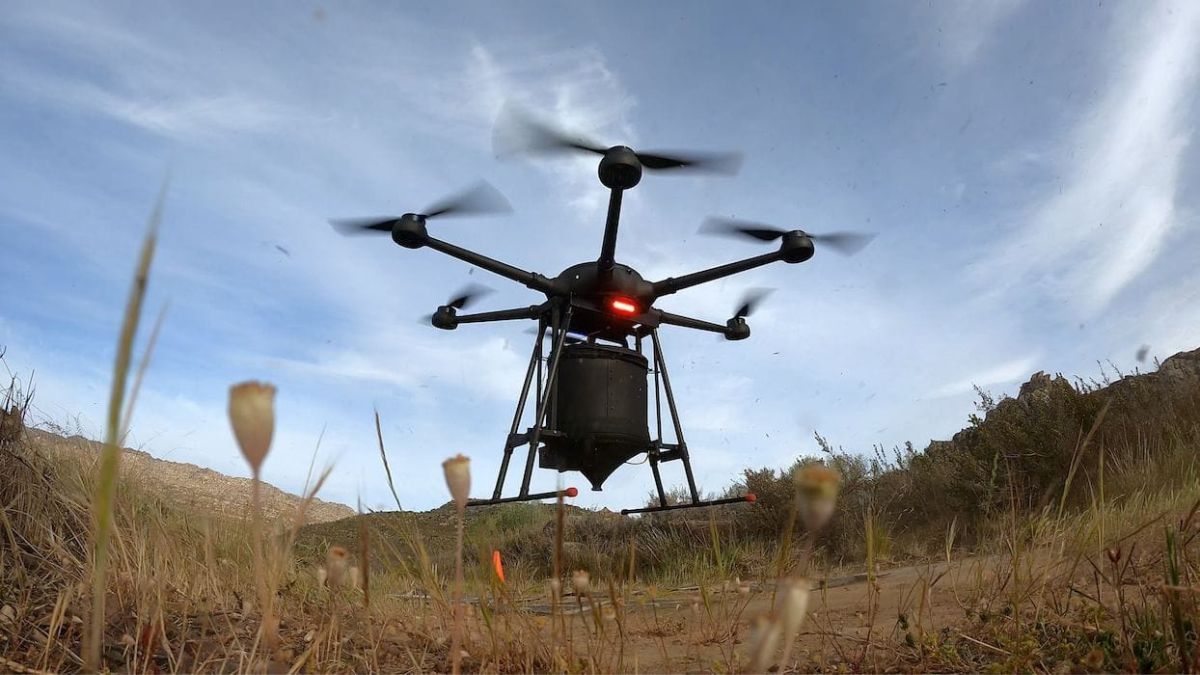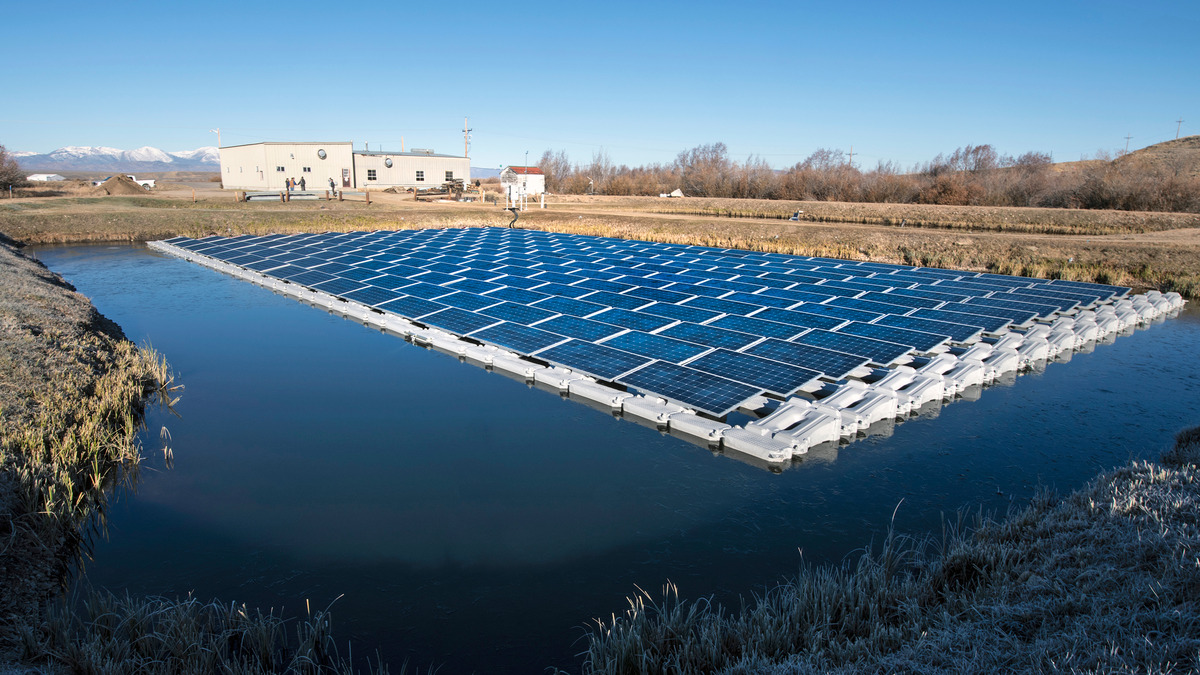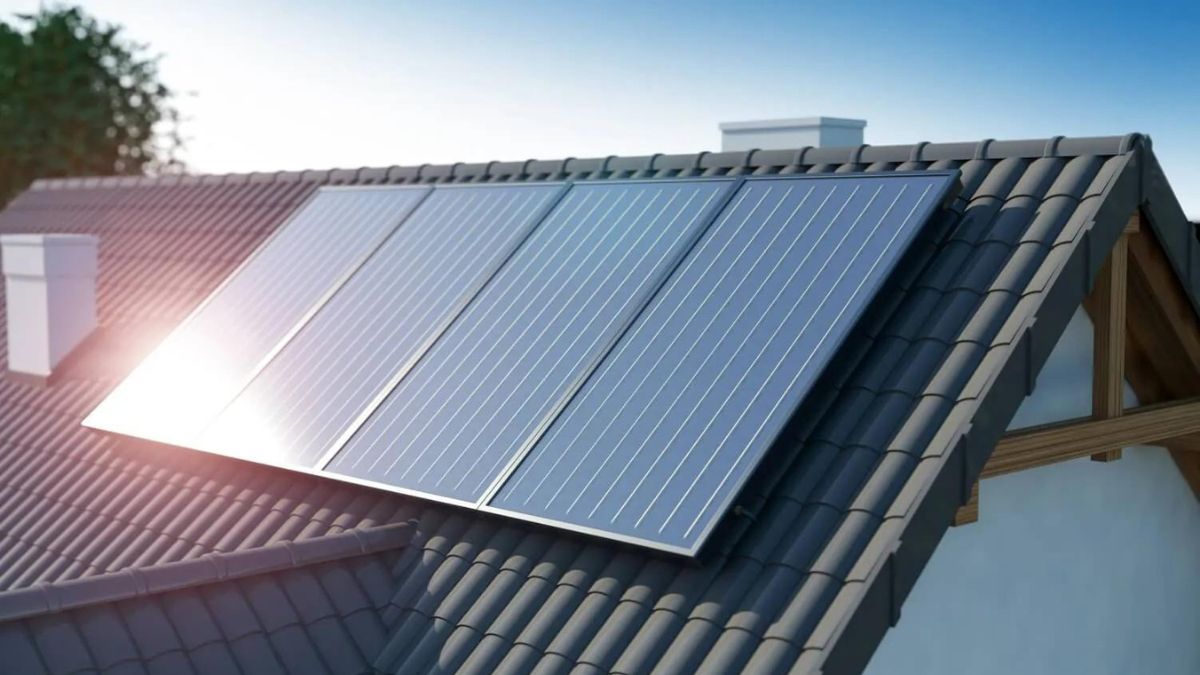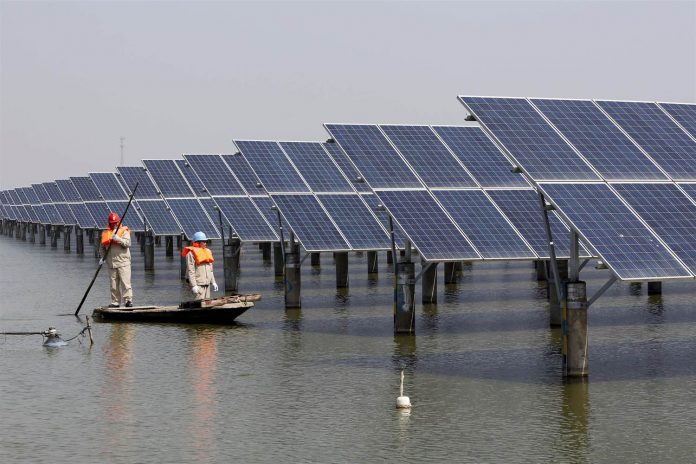
Image Credit: Twitter According to a news relea...
news-extra-space

 Image: Solarsquare[/caption]
The researchers found that floating solar panels on reservoirs could generate nearly 10,000 TeraWatt-hours per year, while keeping over 100 cubic kilometers of water from evaporating. The study is distinctive because it is the first to conduct a global analysis of the potential of floating solar panels, using an up-to-date model of photovoltaic performance in different environmental conditions. The researchers also used data on temperatures, solar irradiation, and wind speed over two decades from two different Earth-observing satellite systems.
Also Read: How Solar panels can save you big money on energy bills
The benefits of floating solar panels go beyond their ability to limit water loss and cool themselves. They also provide an alternative to land-based solar installations, which can be costly and require the use of large amounts of land. Floating solar panels on reservoirs can generate power in areas that might otherwise be too expensive or difficult to access. In addition, many reservoirs are located near power-hungry population centers and the grids that serve them, making it easier to take advantage of the power generated there. Finally, many reservoirs are associated with hydroelectric power systems, and the two sources of power could be managed as a single unit to maintain a steady level of production around the clock and in all weather conditions.
Image: Solarsquare[/caption]
The researchers found that floating solar panels on reservoirs could generate nearly 10,000 TeraWatt-hours per year, while keeping over 100 cubic kilometers of water from evaporating. The study is distinctive because it is the first to conduct a global analysis of the potential of floating solar panels, using an up-to-date model of photovoltaic performance in different environmental conditions. The researchers also used data on temperatures, solar irradiation, and wind speed over two decades from two different Earth-observing satellite systems.
Also Read: How Solar panels can save you big money on energy bills
The benefits of floating solar panels go beyond their ability to limit water loss and cool themselves. They also provide an alternative to land-based solar installations, which can be costly and require the use of large amounts of land. Floating solar panels on reservoirs can generate power in areas that might otherwise be too expensive or difficult to access. In addition, many reservoirs are located near power-hungry population centers and the grids that serve them, making it easier to take advantage of the power generated there. Finally, many reservoirs are associated with hydroelectric power systems, and the two sources of power could be managed as a single unit to maintain a steady level of production around the clock and in all weather conditions.
 Source: ElectronicsB2B
However, there are also potential drawbacks to floating solar panels, including their potential impact on the ecosystems that develop in and around artificial bodies of water. The panels block light from reaching the water, which can have a range of effects on the organisms that live there. In addition, the panels can potentially cause problems for any ecosystems that have developed around the reservoirs. For example, they may limit the growth of algae or other organisms that rely on sunlight to survive.
To address these concerns, the researchers propose a 30/30 limit, which limits the area covered by panels to a maximum of 30 percent of the reservoir's surface or 30 square kilometers, whichever is lower. This would help to preserve in-reservoir ecosystems and the use of reservoirs for recreation.
Despite these concerns, the researchers believe that floating solar panels offer a promising solution to many of the challenges associated with traditional solar installations. With the potential to generate up to a third of the world's total electricity needs, they could help to meet the growing demand for power in a sustainable and cost-effective way.
Floating solar panels represent a major opportunity for the world to generate clean, renewable energy. While more expensive than land-based installations, they offer a range of advantages over traditional solar setups, including reduced water loss, greater efficiency, and the ability to generate power in areas that might otherwise be too expensive or difficult to access. While there are potential drawbacks, including the impact on ecosystems, these can be addressed through careful planning and management.
Source: ElectronicsB2B
However, there are also potential drawbacks to floating solar panels, including their potential impact on the ecosystems that develop in and around artificial bodies of water. The panels block light from reaching the water, which can have a range of effects on the organisms that live there. In addition, the panels can potentially cause problems for any ecosystems that have developed around the reservoirs. For example, they may limit the growth of algae or other organisms that rely on sunlight to survive.
To address these concerns, the researchers propose a 30/30 limit, which limits the area covered by panels to a maximum of 30 percent of the reservoir's surface or 30 square kilometers, whichever is lower. This would help to preserve in-reservoir ecosystems and the use of reservoirs for recreation.
Despite these concerns, the researchers believe that floating solar panels offer a promising solution to many of the challenges associated with traditional solar installations. With the potential to generate up to a third of the world's total electricity needs, they could help to meet the growing demand for power in a sustainable and cost-effective way.
Floating solar panels represent a major opportunity for the world to generate clean, renewable energy. While more expensive than land-based installations, they offer a range of advantages over traditional solar setups, including reduced water loss, greater efficiency, and the ability to generate power in areas that might otherwise be too expensive or difficult to access. While there are potential drawbacks, including the impact on ecosystems, these can be addressed through careful planning and management.
Leave a Reply






